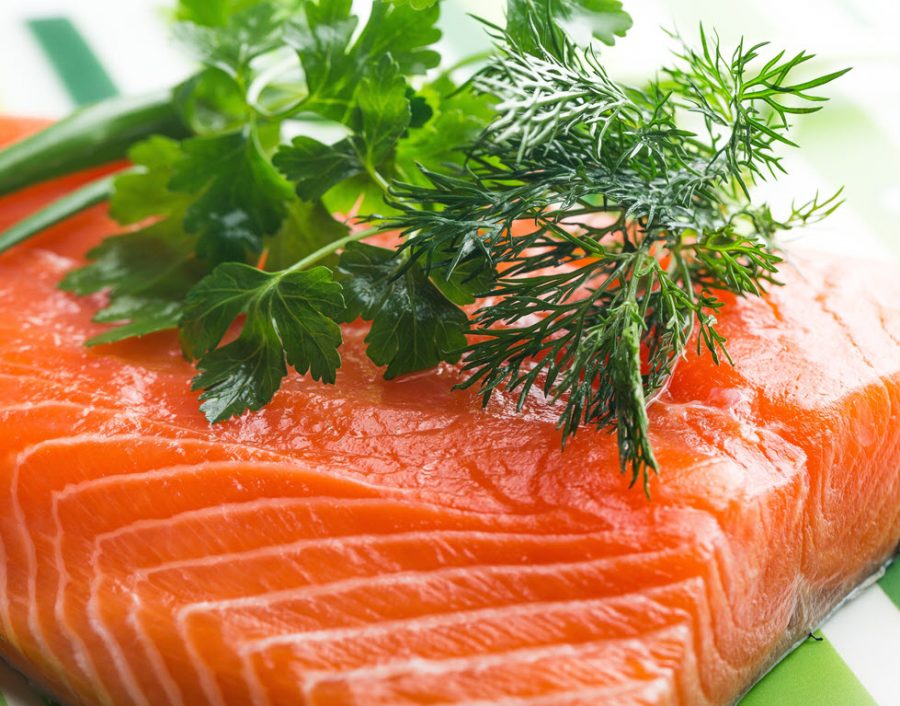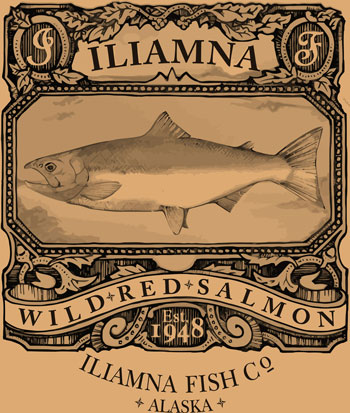Handling Tips
Many of our salmon share members have been cooking salmon for years, and others are new to cooking seafood at home. Regardless of your level of experience, these tips will help to preserve the delicious fresh-caught taste of your share as you prepare various recipes at home.

Directions
Vacuum Seals
Occasionally, you may have a couple of fillets where the vacuum seal is no longer airtight. If this happens there is no problem in the freshness or quality of the fish. Although, you should eat these fillets within one to two months to avoid freezer burn.
Freezer Life
When stored in a home freezer, the quality of your frozen salmon will be best if used within 10-12 months of receiving it. The colder your freezer temperatures the longer it retains its ‘just caught’ freshness. If you are able to turn off your auto-defrost it will keep your temperatures lower.
Thawing Salmon
To thaw out the salmon, you can put the fillet in your refrigerator the night before, or if you need it immediately, put it on your counter for approximately 45 minutes. It is not necessary to thaw out the fillet completely before cooking. Once your fillet has thawed, cut open the bag, rinse the fillet, and pat dry.
If you are not going to cook the entire fillet immediately we recommend placing the uncooked portion on a plate, covering it with plastic wrap or aluminum foil, and returning it to your refrigerator. The thawed salmon can remain in the refrigerator for up to three days.
General Cooking Tips
1. Place the salmon fillet skin-side down on a sheet of aluminum foil before baking or grilling to make cleanup easier.
2. It’s easy to overcook salmon. We recommend taking the fillet out of the oven or grill just before it looks done, and it will finish cooking as it is served.
3. Bake the salmon at 400 F- a full fillet will take 9-12 minutes, and a portioned fillet will take 5-7 minutes.

